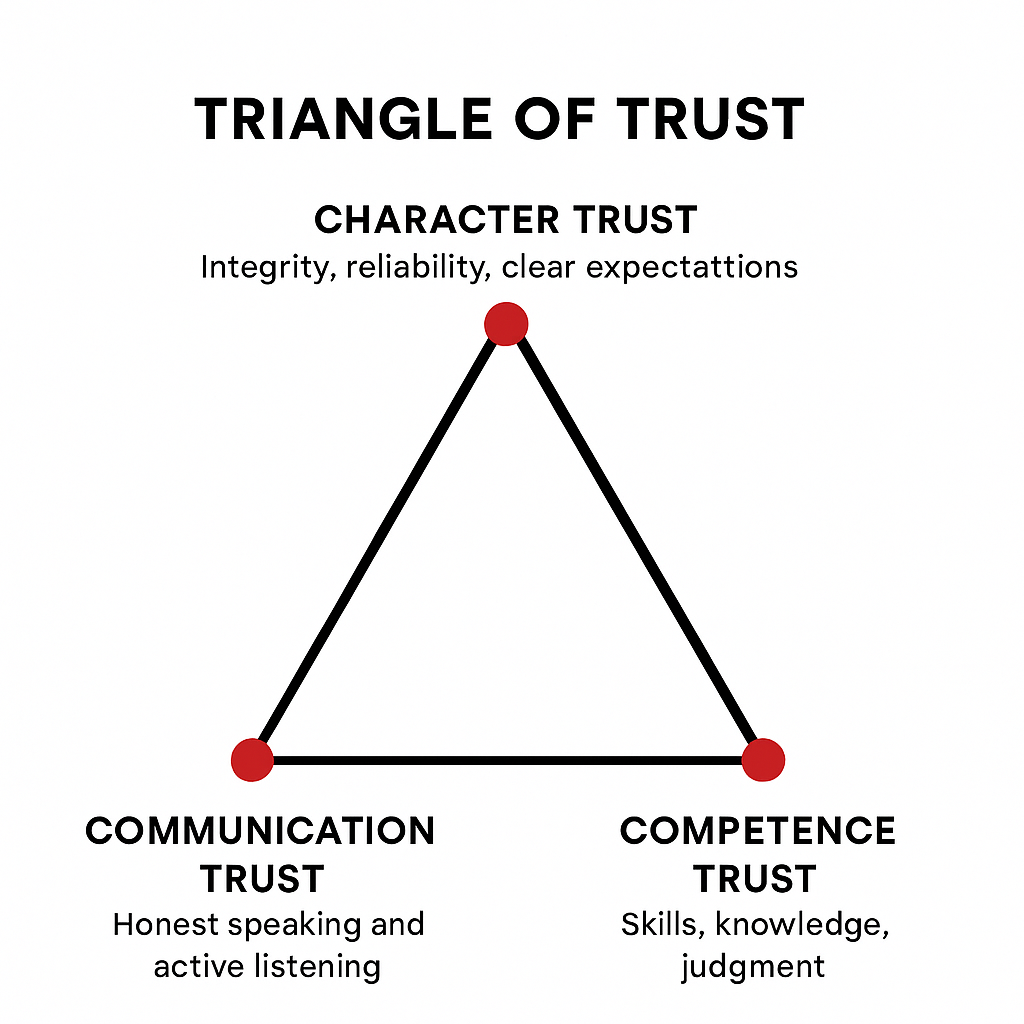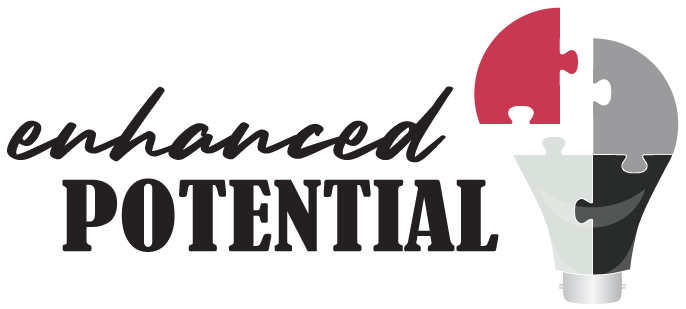Why Trust Is the Invisible Superpower of Career Success (And How to Build It)
You don’t get promoted, followed, or heard without trust.
Whether you’re influencing up, leading a team, or managing change—it starts with trust. But what is trust, really?
At its core, trust is a firm belief in the reliability, truth, or ability of someone or something. And in the workplace, it’s the invisible thread that holds everything together—from collaboration and communication to leadership and influence.
First Impressions Count—And Fast
When we meet someone for the first time, our brain is scanning and sorting within seconds—friend or foe?
Psychologist Joseph Forgas’ research on first impressions (1996) found that our judgments solidify within the first two minutes. If the first impression is positive, we develop a leniency bias—we’re more likely to keep seeing the person in a favourable light. If it’s negative, recovery is possible (capped recovery), but rarely to the same original level of trust.
Trust, then, is dynamic. It’s shaped quickly but built steadily. It’s earned, lost, and—if we’re intentional—regained.
“Trust is an ongoing exchange… it can be earned, lost, and regained.” – Reina & Reina
What Makes Trust So Powerful in the Workplace?
Trust is the invisible currency of leadership, influence, and team success. It’s often unspoken, but it’s always present.
In Harvard Business Review’s Begin with Trust, authors Frances Frei and Anne Morriss identify three key drivers of trust:
- Authenticity – Do people believe you’re showing up as the real you?
- Logic – Do you have sound reasoning and competence?
- Empathy – Do people feel that you care about them?
“People tend to trust you when they think they are interacting with the real you (authenticity), when they have faith in your judgment and competence (logic), and when they believe that you care about them (empathy).” – Begin with Trust, HBR
✨ Self-reflection: Which of these three drivers do you naturally embody? Which one might need more intention?
🧠 Brené Brown reminds us:
“Trust is built in small, consistent acts.”
Trust is like a bank account. It builds slowly, earns interest with consistent action, and can be depleted with a single poor transaction.
The 3 Types of Trust (Michelle and Dennis Reina)
In Trust and Betrayal in the Workplace, Dennis and Michelle Reina outline three distinct types of trust that shape how we relate at work:
- Character Trust – Do you do what you say you’ll do? (Integrity, reliability, clear expectations)
- Communication Trust – Do you speak honestly and listen actively?
- Competence Trust – Can you be relied on for your knowledge, judgment, and skills

Why Trust Breaks Down
Of course, we know the big ones: lying, cheating, or stealing. But trust often breaks down through smaller, more subtle behaviours:
- Missed deadlines or vague commitments
- Withholding information
- Micromanagement
- Failing to follow through
- Talking about people instead of to them
The neuroscience of trust helps explain this. When trust is threatened, our brain activates a threat response—often referred to as an “amygdala hijack.” We become hypervigilant and closed off. This is especially true when social needs like fairness, autonomy, or status feel compromised.
💡 Everyone brings their own trust blueprint—shaped by lived experience, personality, and past relationships. What erodes trust for one person may barely register for another.
How to Build (or Rebuild) Trust at Work
Even if trust has been broken, it can be rebuilt with intention and consistency. Here’s how:
✅ Show up consistently and follow through on commitments
✅ Communicate transparently—even in difficult moments
✅ Admit when you’re wrong and take responsibility
✅ Ask for feedback—and act on it
✅ Create psychological safety—make it safe to speak up, ask questions, and share ideas
🧠 Sidebar: What Happens in the Brain When We Trust
When trust is present, cortisol (stress hormone) lowers, and oxytocin (the bonding hormone) increases. Mirror neurons kick in—we begin to unconsciously match body language, tone, and energy. It’s a full-body experience of safety and connection.
Reflection Prompts for You
Take a moment to check in:
- Where might I need to strengthen trust with a colleague, stakeholder, or team?
- Which type of trust do I naturally build—and which type might I be eroding unintentionally?
- What’s one micro-action I can take this week to strengthen or repair trust?
Conclusion: Trust Is a Living, Breathing Agreement
Trust isn’t a one-and-done deal—it’s a dynamic, invisible agreement between two people. Like any relationship, it thrives when nurtured.
So tune into your connections. If something feels off, it probably is. Don’t ignore the tension. Talk it out. Re-align. And keep making those small deposits into your “trust account.”
Because trust isn’t just nice to have—it’s the superpower that fuels your career.


